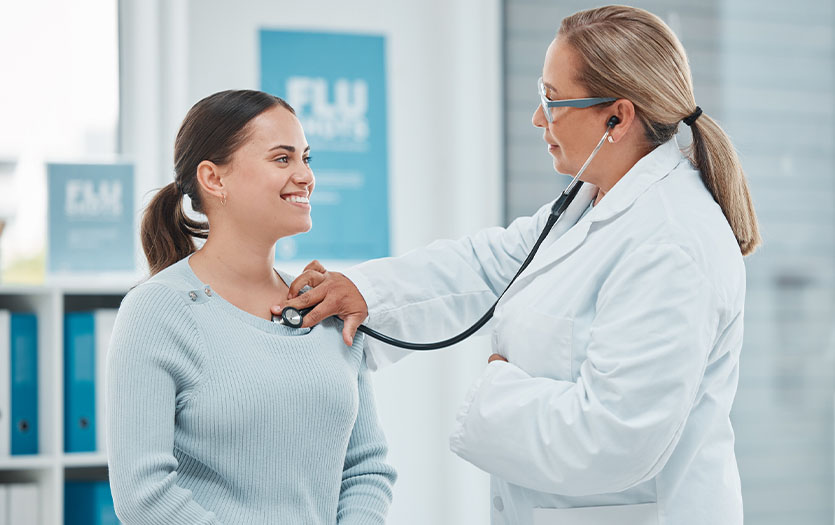Introduction
Sexual violence is a severe violation of human rights that causes long-term physical and mental health consequences for survivors. Whether through rape, sexual coercion, or other forms of assault, these experiences can leave profound psychological and physical scars. This article explores the lasting health impacts of sexual violence and provides practical advice on recovery and support.
What is Sexual Violence?

Sexual violence refers to any sexual act or invasive behavior perpetrated through coercion or threats. According to the World Health Organization (WHO) , it includes rape, sexual harassment, sexual exploitation, and child sexual abuse. Such acts harm not only the body but also inflict long-term psychological and emotional damage.
Who is at Higher Risk?
Sexual violence can happen to anyone, but certain groups face greater risks. Research by UN Women shows that women, ethnic minorities, LGBTQ+ communities, and low-income individuals are disproportionately targeted. Children and adolescents are also among the most vulnerable survivors.
Long-Term Health Impacts of Sexual Violence
Mental Health Challenges
Post-Traumatic Stress Disorder (PTSD): Many survivors experience PTSD, characterized by flashbacks, nightmares, and intense emotional reactions. The National Institute of Mental Health (NIMH) emphasizes that PTSD requires professional treatment.
Anxiety and Depression: Survivors often struggle with persistent anxiety, depression, and reduced ability to function in daily life.

Low Self-Worth: Shame and self-blame are common, worsening mental health over time.
Physical Health Consequences
Immediate injuries may include genital trauma, sexually transmitted infections (e.g., HIV), and gynecological issues.
Chronic stress increases risks of hypertension, heart disease, and weakened immune function.
How to Seek Help
Professional Support
Connect with mental health professionals for trauma-focused therapies like cognitive-behavioral therapy (CBT) or EMDR.
Medical providers can address physical injuries and screen for infections.
Building a Support Network
Share experiences with trusted friends, family, or survivor support groups. Peer-led organizations, such as RAINN , offer critical resources.

Legal and Privacy Protection
Seek legal counsel to understand rights and explore justice options. Many countries have laws specifically protecting survivors.
The Path to Recovery: Hope and Healing
While the trauma of sexual violence is profound, recovery is possible. With therapy, social support, and self-care, survivors can rebuild their lives. As highlighted by UN Women , societal efforts to combat sexual violence and protect human rights are essential.
Conclusion
Sexual violence is never the survivor’s fault. Physical and emotional wounds can heal with proper support. If you or someone you know has experienced sexual violence, reach out for help. Remember: the journey to recovery, though challenging, is not walked alone.













